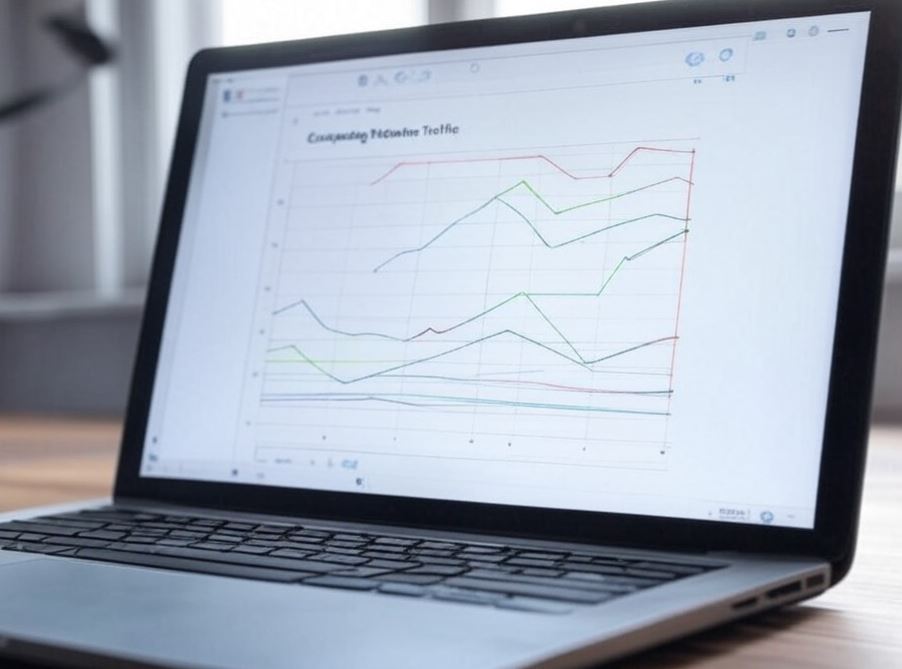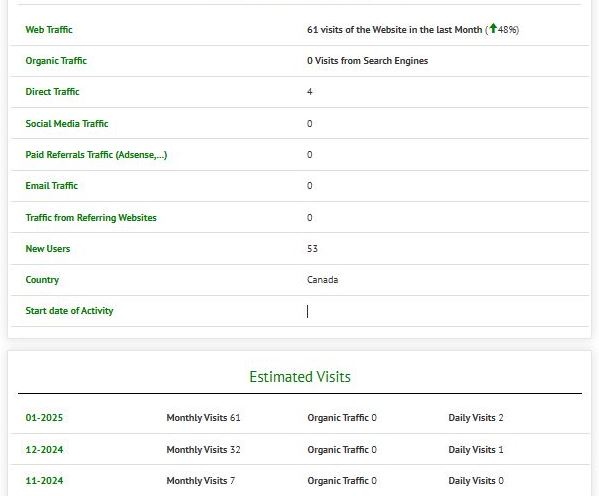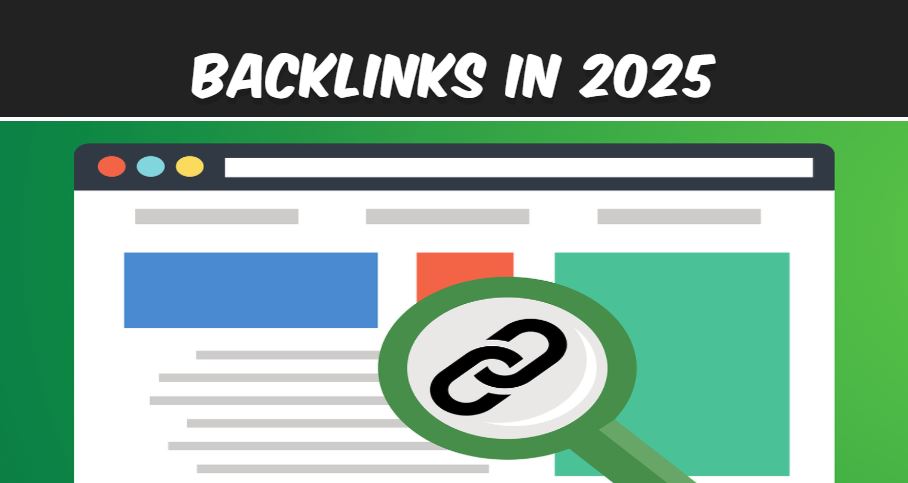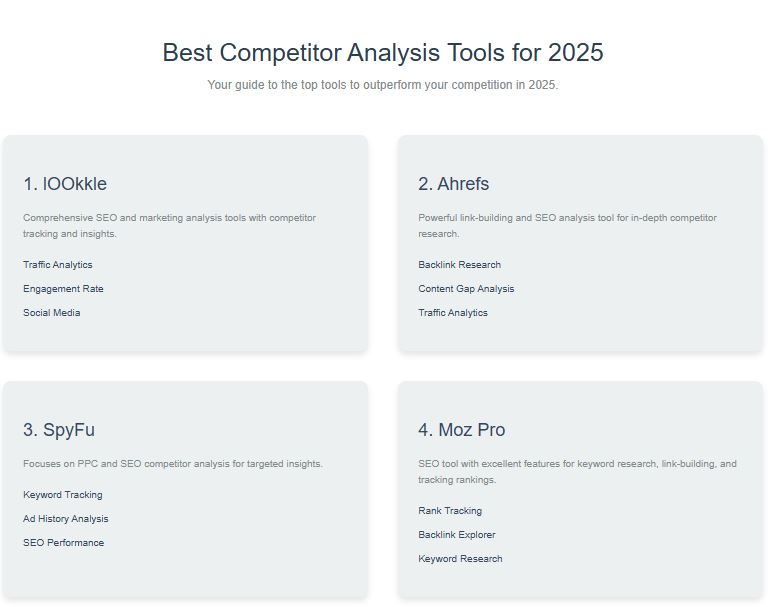
Understanding and comparing your website traffic is critical to the success of any online business. Whether you're a beginner blogger, a small business owner, or a marketing manager at a large corporation.
What is Web Traffic and Why is it Important?
Before we dive into comparisons, it's crucial to understand what exactly web traffic is.
In simple terms, web traffic refers to the number of visitors that come to your website in a given period. But it goes beyond just numbers; it also includes valuable information about how these visitors interact with your site, where they come from, and what they do once they arrive.
Imagine your website as a physical store. Web traffic would be equivalent to the number of people who enter your store, where they come from (did they happen to walk by or see an ad?), how long they stay, what products they look at, and whether they ultimately buy something. This information is pure gold for any business, whether online or offline.
Popular Tools for Comparing Web Traffic
Now that we understand the importance of web traffic, let's explore some of the most popular and effective tools for analyzing and comparing it.
Google Analytics: The Gold Standard
Google Analytics is perhaps the most well-known and widely used tool for analyzing web traffic. It's free, powerful, and offers a wealth of data. With Google Analytics, you can see:
- How many people visit your site
- Where these visitors come from (organic search, social media, direct links, etc.)
- Which pages are the most popular
- How long users spend on your site
- Bounce rates (percentage of visitors who leave your site after viewing just one page)
To use Google Analytics, you need to install a small piece of code on your website. Once you do that, you'll start collecting valuable data about your visitors.
Lookkle Web Traffic Checker
A must-have tool in the world of web traffic analysis. This tool offers an easy-to-use interface and provides quick estimates of any website's traffic. Some of its features include:
- Monthly visit estimates.
- Visits from the last 3 months.
- Organic Traffic: Visits from Search Engines
- Direct Traffic
- Social Media Traffic
- Paid Referrals Traffic: Adsense,...
- Email Traffic
- Traffic from Referring Websites
- New Users
- Top traffic sources
- Bounce Rate: Percentage of visitors who access a site and leave without interacting with the page in any way
- Page Per Visit: Number of pages viewed per visit
- Time On Site
- Countries of origin of traffic: Main countries sending traffic
- Gender Distribution
- Website Traffic Demographics
- Gender Distribution: Male and Female
- Age Distribution: for ages 18-34, 35-54 and people over 55
- Web Traffic by Device
- Web Traffic by Income Level: Visits for Low-Income People, visits for Medium-Income People, visits for High-Income People
- Web Traffic by number of members in the Household: Visits per Household Size 1 or 2 Members, Visits per Household Size 3 or 4 Members, Visits per Household Size 5 or More Members.
- Web Traffic by Education Level school: visits by Education Level, visits by Education Level Secondary, visits by Education Level Higher
- Web Traffic by Employment Status: Visits by Unemployed, visits by Public Servant, Visits by High Level Position, visits by Mid Level Position, visits by Entry Level Position
- Website Traffic Data Analysis
Lookkle is especially useful for those looking for a complete overview with a multitude of statistics on the performance of a website.
Semrush: An All-In-One Tool
Semrush is a more advanced tool that not only allows you to analyze your own traffic, but also that of your competitors. It offers:
- Traffic estimates for any website
- Keyword analysis
- SEO audits
- Search engine position tracking
Although it is a paid tool, Semrush is extremely valuable for those who want to delve deeper into competitive analysis and search engine optimization.
How to Effectively Compare Web Traffic
Now that we know the tools, let's dive into how to effectively compare web traffic. The key is knowing which metrics to look at and how to interpret them.
Key Metrics to Compare
- Unique Users: This metric tells you how many individual people have visited your site. It's a good measure of your overall reach.
- Page Views: The total number of page views on your site. A high number can indicate that your content is engaging and that users explore multiple pages.
- Time on Site: How long users spend on your site on average. A longer time generally indicates more engaging content.
- Bounce Rate: The percentage of visitors who leave your site after viewing just one page. A high bounce rate can indicate that your content doesn't meet visitors' expectations or that your site isn't easy to navigate.
- Traffic Sources: Where your visitors are coming from (organic search, social media, direct links, etc.). This helps you understand which channels are most effective at attracting visitors.
Comparing to Competitors
Comparing your traffic to your competitors can give you valuable insights into your position in the market. Tools like Lookkle Web Traffic Checker are great for this. When comparing, pay attention to:
- Total traffic volume
- Top traffic sources
- Keywords driving traffic
- Growth or decline trends
Remember that the goal isn't necessarily to have more traffic than your competitors, but to understand how your audience performs in comparison and where you can improve.
Strategies to Increase Web Traffic
Comparing web traffic isn't just about collecting data; it's about using that information to improve. Here are some strategies you can implement based on your comparisons:
SEO Optimization
If you notice that your competitors are getting more organic search traffic, it's time to improve your SEO. Research relevant keywords, optimize your titles and descriptions, and create valuable content that answers your audience's questions.
Improve Content
If your bounce rate is high compared to your competitors, consider improving the quality and relevance of your content. Create more in-depth articles, use engaging images and videos, and make sure your content is easy to read and navigate.
Diversify Traffic Sources
If you rely too heavily on a single traffic source, you're at risk. Work on diversifying your sources. If your social media traffic is low, for example, consider increasing your presence on platforms relevant to your audience.
Improve User Experience
A slow or difficult-to-navigate website can drive away visitors. Make sure your site is fast, mobile-friendly, and easy to use.
Content Marketing
Create a blog, produce infographics, videos, or podcasts that provide value to your audience. Quality content not only attracts visitors, but also keeps them engaged and encourages them to come back.
Tips on SEO and Online Business
Next Articles
Previous Articles
















